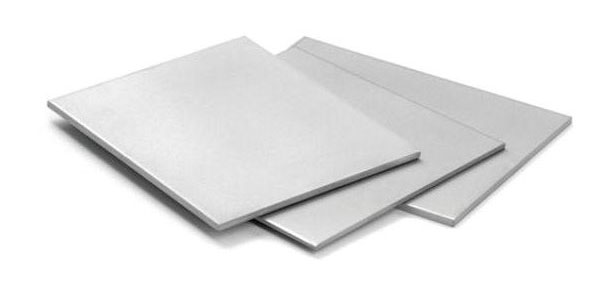Difference between the Stainless Steel Sheets and Plates
One of the most advanced building materials available is stainless steel sheets and plates metal. Steel is a chemical and physical compound of iron. It is long-lasting and cost-effective, and it is also very convenient to work with. As a result, it can be employed in various applications, from large-scale industrial projects to small-scale electronics projects.
SS 304 sheets are the most widely used steel sheets and plates. However, the commercial manufacture of metal has also taken place in various forms, such as wire, plates, and metal sheets.
As a flanges manufacturers and Stainless steel 409 stockiest in Mumbai, we understand that metal sheet and metal plates are two different steel products with additional features.
What Is the Meaning of Stainless Steel Sheet Metal?
Any metal thicker than foil but less than 6 mm is considered sheet metal. SS sheets made from SS 304 are used in structures that do not need protection. It can be corrugated or diamonded without adding weight to give it much more power when required. Corrugation is the process of color fringing steel at regular intervals to create ridges, while diamonding is the process of incorporating diamond ridges into the sheet to add texture. Sheet metal is available in aluminum, steel, copper, nickel, tin, silver, and titanium.
The following are the most common materials used in precision metal fabrication:
Stainless SteelThe cold-rolled steel (CRS)Pre-plating steelAluminumCopper/Brass
What Is the Meaning of Stainless Steel Sheet Plate?
Steel plate, often known as flat steel, is a frequently used material to manufacture metal products. Plate metal is defined as any piece of metal with a 6 mm or more thickness. Plate metal is utilized in applications where reliability is more important than weight savings, such as in military applications. In addition, this is used in automobiles where it is necessary to have a long lifespan to withstand a crash inspection. There are numerous plate types, including stainless steel and high-carbon steel plate.
What Is the Distinction Between Stainless Steel Sheets and Plates?
The critical distinction is the metal’s gauge (thickness). In general, a sheet is a relatively thin piece of metal taken from a continuous rolled coil. It might be as thin as 1mm or as thick as 25mm. The plate is a thicker piece of metal that has been manufactured in a single piece (rolled). The thickness varies from 150mm to 2mm, depending on the manufacturer.
Thus, specific thickness items may be manufactured by either process and treated separately, even though both are hot rolled.
Steel plate is often used to fabricate machines, structural components, and significant fabrications, whereas steel sheet is typically utilized to fabricate appliances and enclosures. Both have pretty specific applications, depending on a particular project’s durability and load needs.
The rolling process begins with ingots of metal nearly 2 feet thick. Next, a separation machine is used to push and pull the ingot back and forwards, reducing its strength to a few centimeters. More rolling is required to manufacture metal sheets and stainless steel sheet plates. At the same time, the plate is mainly used in aircraft, industrial, and transportation, while the sheet is used to manufacture cans and closures. Plates offer structural components for ships, trains, military vehicles, and trucks. Sheets are frequently used to manufacture kitchen appliances and other household equipment. SS sheets can be colored, but the plate remains silvery.
The post Difference between the Stainless Steel Sheets and Plates appeared first on Bullion Pipes.

